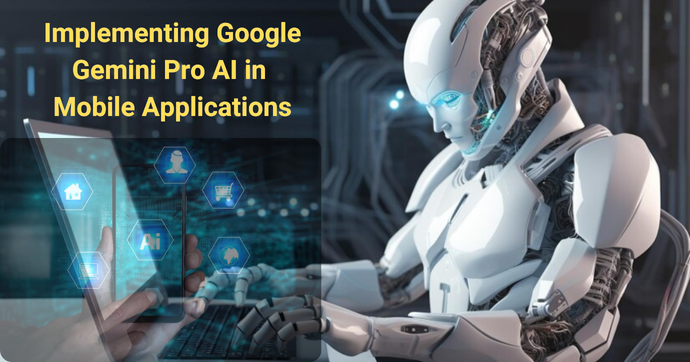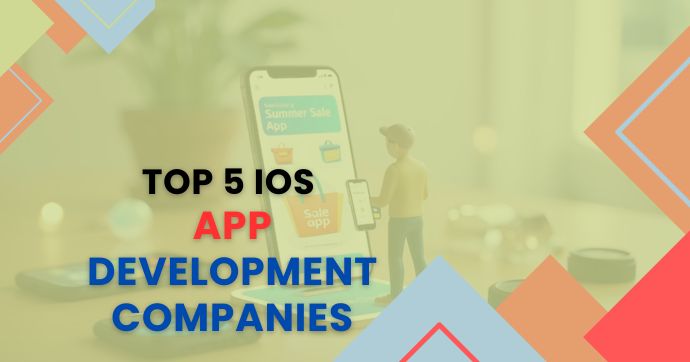Author: admin



 July 1, 2024
July 1, 2024
Implementing Google Gemini Pro AI in Mobile Apps: A Complete Process Guide
The mobile app landscape is constantly evolving, with developers seeking innovative solutions to enhance user experience and functionality. Artificial intelligence (AI) is rapidly transforming the way we interact with technology,...
Read More




